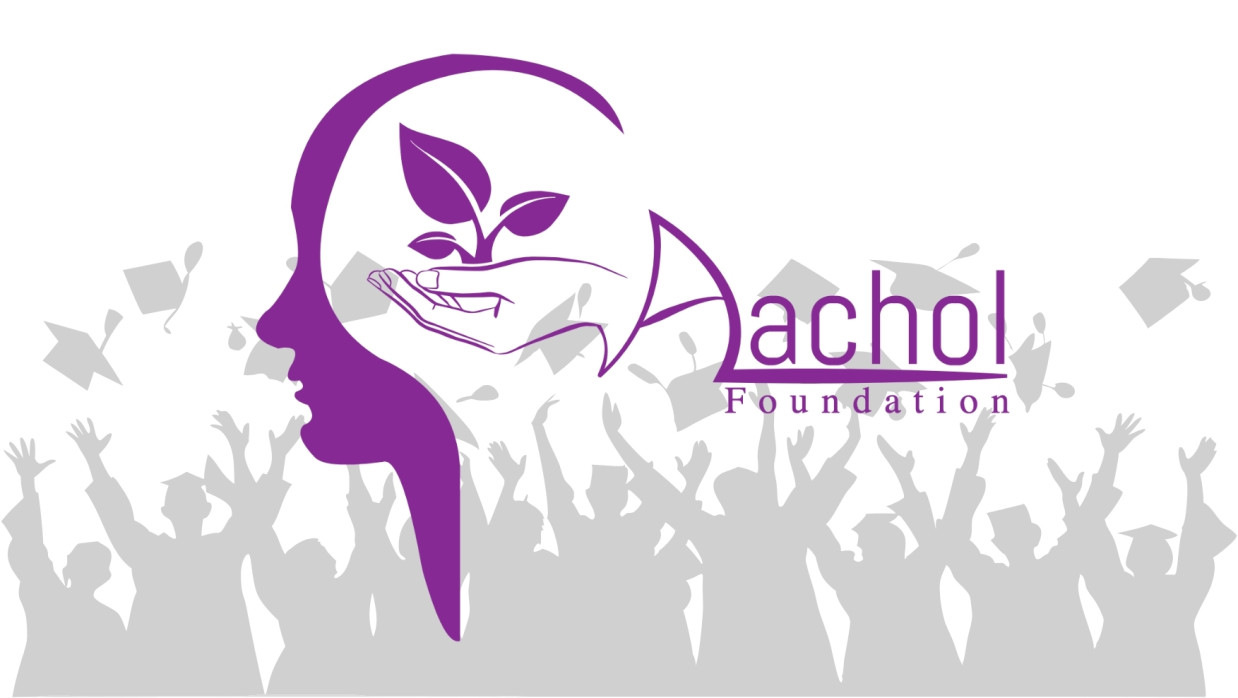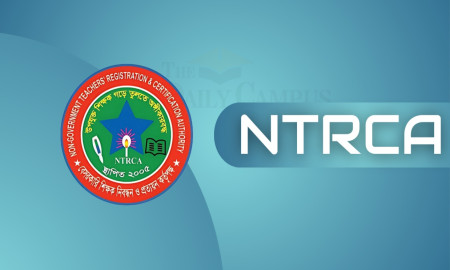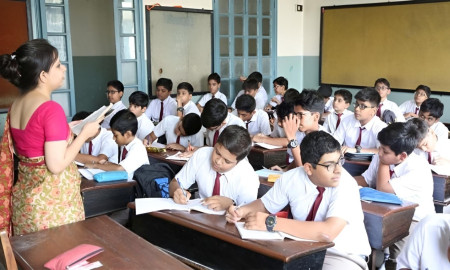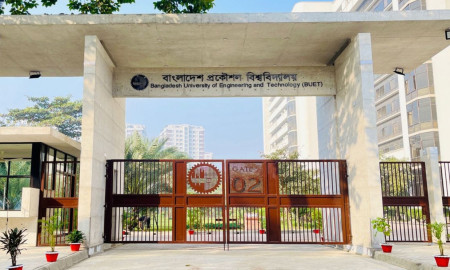Achol Foundation's Survey
41.9% of University Students Face Discrimination, Mostly in Exams and Classrooms

A staggering 41.9% of university students in Bangladesh endure discrimination on campus, with women (51%) and men (49%) nearly equally affected, according to a new survey by Achol Foundation, released on August 30, 2025. The study highlights that third- and fourth-year students, each making up roughly 40% of victims, face the brunt of discriminatory behavior, particularly in examinations and classrooms, casting a shadow over the academic experience.
Announced at a virtual press conference, the survey, spurred by the 2024 anti-discrimination student movement, also offers seven bold recommendations to tackle this crisis. Conducted from March to May 2025, the study explored discrimination’s toll on students’ mental health, drawing responses from 1,173 students across Bangladesh via an online form.
Survey Demographics
- Participants: 56.6% female, 43.1% male, 0.3% third-gender.
- Age groups: 36.7% (18–22 years), 58.1% (23–26 years), 4.3% (27–30 years), 0.9% (over 30 years).
- Institutions: 49.3% public university, 19.6% private university, 22% National University, 3.4% medical university/college, 1.6% polytechnic.
Extent of Discrimination
- 41.9% of students report facing discrimination.
- Breakdown: 56% in public universities, 19% in private universities, 5% in medical colleges.
- Gender: 51% female, 49% male.
- Most affected: Third- and fourth-year students (~40% each).
Types of Discrimination
- Exams: 60% report unfair grading due to teachers’ biases or personal emotions.
- Gender-based: 30%.
- Religious: 19%.
- Physical disability: 7%.
- Ethnicity: 9%.
- Economic status: 23%.
- Physical appearance: 29%.
- Political beliefs: 30%.
Contexts of Discrimination
Classrooms are the epicenter of discrimination, with 60% of incidents occurring there, followed by university events (37%) and social media (31%, with 48.05% female and 50.65% male victims, who describe social media as feeling unsafe). Halls or dormitories (19%), university transport (18%), libraries, cafes, and exam halls also see discriminatory acts. Peers (58%) and teachers (55%) are the primary perpetrators, followed by university administration (32%) and third- or fourth-class staff (15%).
Mental Health Impact
The toll of discrimination is profound, with 90% of affected students reporting mental health struggles: 39% face severe impacts, 51% moderate, and only 6.5% report no effects. Symptoms include depression (55%), anxiety (49%), sleep disturbances (30%), heightened panic attacks (22%), stress (47%), loneliness (43%), and low self-esteem (41%), underscoring a mental health crisis on campuses.
Academic Consequences
- 21% of students struggle to attend classes.
- 51% lose focus on studies despite attending.
Administrative Response
- Only 25% of victims filed complaints with university authorities; 75% stayed silent, signaling distrust.
- Among complainants: 11% saw effective action, 44% found responses ineffective, and 17% deemed universities unhelpful.
Mental Health Support
- Just 22% sought counseling or therapy, with 78% of them finding relief; 78% avoided help.
- Barriers to seeking help: lack of awareness (24%), social stigma (27%), uncertainty about accessing services (36%), and financial constraints (23%).
- Only 15% report adequate mental health services at their universities; 70% say support is lacking.
Achol Foundation’s Recommendations
- Introduce mentoring by mental health experts.
- Conduct mental health screenings every six months.
- Establish monitoring teams and enforce strict anti-discrimination laws.
- Place complaint boxes in every department and create a dedicated complaint cell for female students.
- Build stronger student-teacher relationships.
- Launch career counseling centers for higher education and job guidance.
- Make mental health services accessible across all institutions.












